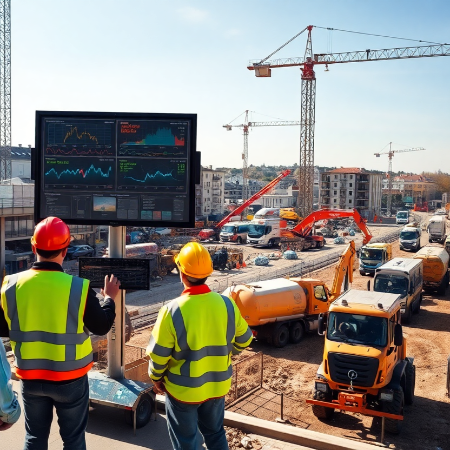02. Campagnes
Les causes de la pollution de l'air
La pollution de l'air est due à la présence dans l'atmosphère de substances toxiques, principalement produites par les activités humaines, même si elle peut parfois résulter de phénomènes naturels tels que les éruptions volcaniques, les tempêtes de poussière et les incendies de forêt, qui appauvrissent également la qualité de l'air.
La pollution atmosphérique anthropiqueLes sources de pollution atmosphérique anthropique sont les suivantes :
- la combustion de combustibles fossiles, comme le charbon et le pétrole, pour la production d'électricité et le transport routier, qui produit des polluants atmosphériques comme le dioxyde d'azote et le dioxyde de soufre
- Les émissions des industries et des usines, qui libèrent de grandes quantités de monoxyde de carbone, d'hydrocarbures, de produits chimiques et de composés organiques dans l'air.
- les activités agricoles, en raison de l'utilisation de pesticides, d'insecticides et d'engrais qui émettent des substances chimiques nocives
- La production de déchets, principalement en raison de la production de méthane dans les décharges.





























